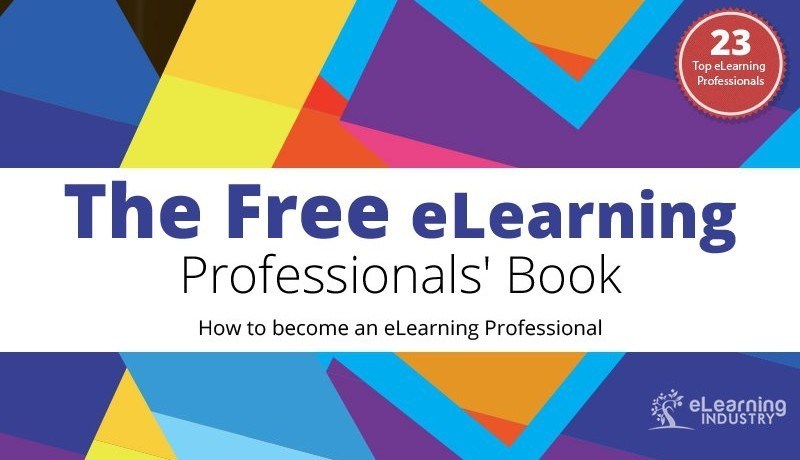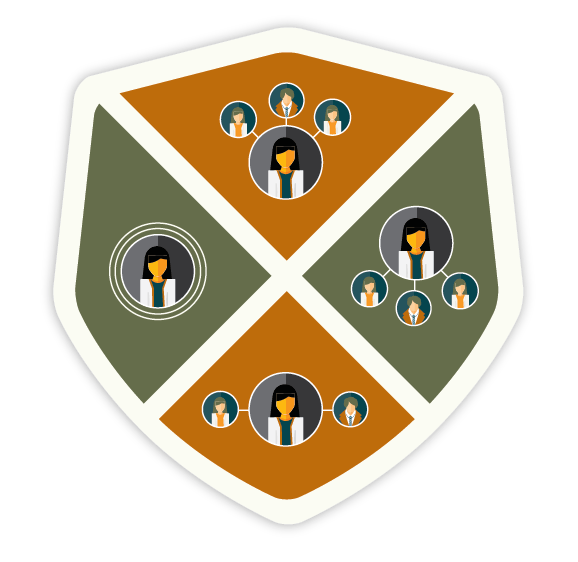The Importance Of Expert eLearning Software Development
In a world where changes on the internet have been happening minute by minute, the education sphere also couldn't remain protected from this shift. The rush toward eLearning, especially from the need to survive during a global crisis such as the COVID-19 pandemic, underlined how online learning platforms are gaining significance in the education industry.
The Rise Of eLearning: A Look At The Numbers
Before going into the intricacies of developing eLearning software, some facts and figures will help us put things into perspective. According to recent research, the eLearning global market is estimated to grow beyond $375 billion by 2026 from its approximate valuation of $200 billion in 2019. This says there is exceptional room for growth for the emergent paradigms in educational methodologies and increasing dependence on digital platforms for knowledge acquisition.
Also, the adoption of eLearning technologies in corporate training has grown dramatically, with over 40% of the Fortune 500 companies using eLearning tools to train their employees. This underlines the recognition that eLearning is critical for personal and professional development.
The Cornerstone Of Effective Learning: Professional eLearning Software
Tailoring Learning Experiences
One of the most striking features of professional eLearning software development is that your eLearning course could be personalized to suit a particular learner. It adapts to the pace, preference, and performance of each learner. Personalization increases engagement and enhances a deeper understanding of the material.
Bridging The Accessibility Gap
The biggest problem in education today could well be accessibility, as a sizeable proportion of learners cannot physically or economically reach learning and sometimes have physical disabilities as well. Such challenges are precisely why developers of professional eLearning software have taken up the gauntlet, trying to make solutions that are accessible for all. They do this by providing API development services that enable content in multimedia formats like video, text, and audio to be compatible with assistive technologies. eLearning will bridge the gap to equal opportunities.
Encouraging Active Learning And Interaction
Gone are the days when online learning was equated with passively watching videos or reading chunks of text. Today, modern eLearning platforms facilitate active learning through interactive elements such as quizzes, simulations, and collaborative projects. These make learning more engaging and help learners retain knowledge. Professional developers use recent technologies like Augmented Reality (AR) and Virtual Reality (VR) while creating immersive learning experiences that attract learners.
Navigating The Challenges: A Dual Perspective
While the benefits seem apparent, developing eLearning software has challenges. An eLearning software development company must navigate the complexities of creating engaging content while ensuring it meets the diverse needs of learners. Let us consider the two sides: developer and learner.
From The Developer's Desk
- Keeping up with technology
As technology advances rapidly, developers must continuously learn and adapt. Compatibility with various devices and operating systems is also a headache. - Accessibility and inclusion
Development procedures and thoughtful design can ensure that the software is usable by learners with disabilities or from diverse backgrounds. - Finding a balance between innovation and user-friendliness
While developers must develop innovative features, they must also ensure an interface with which the learners can work efficiently.
Through The Learner's Lens
- New navigation
Complicated eLearning platforms and new features must be explained to learners. Proper orientation and support would help them adapt to the same. - Engagement overload
The more interactive elements one has, the greater the danger of overstimulation. If the platform is has too many features or there are too many distractions, learners might struggle to focus. - Personal connection
In a digital learning mode, individuals miss the personal connection and immediate feedback that they receive from the instructors in traditional classrooms. An eLearning platform must incorporate elements that care for community and personal interactions.
The Road Ahead: Fostering Innovation In eLearning Development
Therefore, innovation plays a vital role in eLearning software development. Innovation here refers to the leveraging of the latest technologies and the ability to respond to and understand the changing needs of both learners and educators. What does the future hold?
- AI-powered personalization
By integrating powerful Artificial Intelligence (AI) and Machine Learning, personalized learning experience will reach greater heights. by featuring immediate adaptations from the eLearning platform as the learner progresses. - Improved mobile learning
As people rely on smartphones for almost everything, eLearning systems must optimize mobile learning and provide seamless experiences across devices. - Increased integration with Virtual and Augmented Reality
As the prices of VR and AR technologies gradually decrease and they become even more accessible, they will play a more significant role in eLearning because of their lifelike simulations and increased learning immersion.
In summary, professional eLearning software development still needs to change the educational space and how we learn, teach, and grow. Only when one embraces such challenges as continuous nudges for further innovation can one create an eLearning platform that is effective, engaging, accessible, and empowering for all kinds of learners.
We are only just getting started. As technology continues to evolve and as our understanding of the way people learn improves, what eLearning can achieve in education will become limitless. Let us continue to champion the importance of professional eLearning software development, for it holds the key to unlocking a future where everyone will have an opportunity to learn, grow, and succeed.









